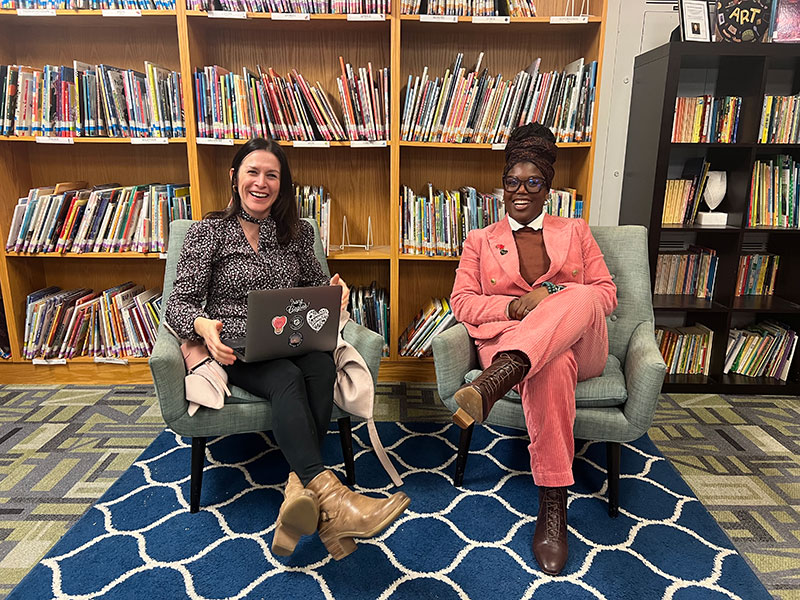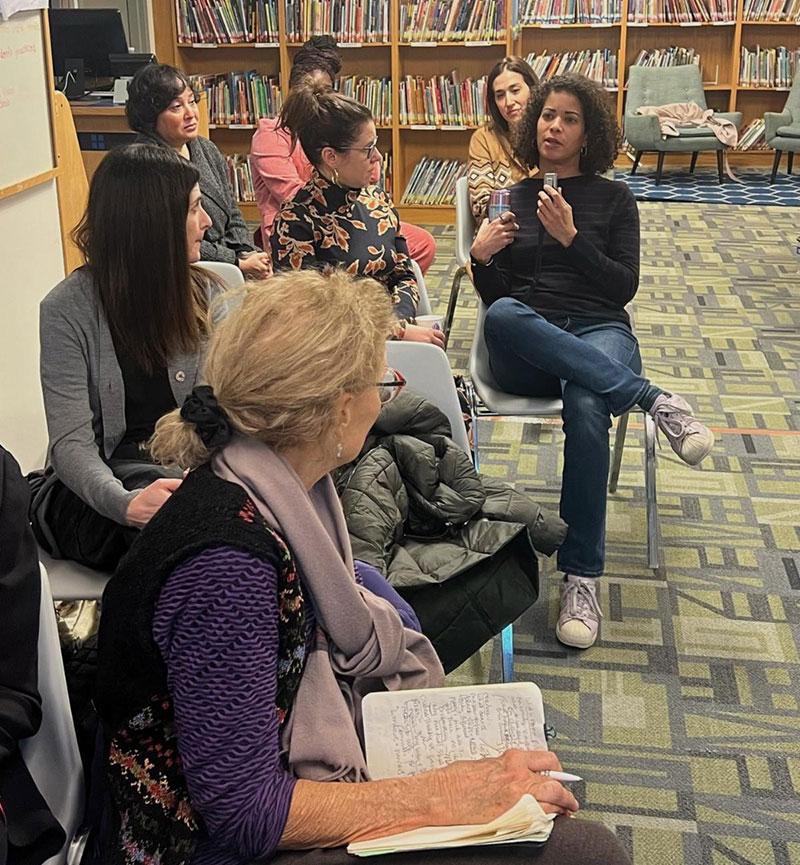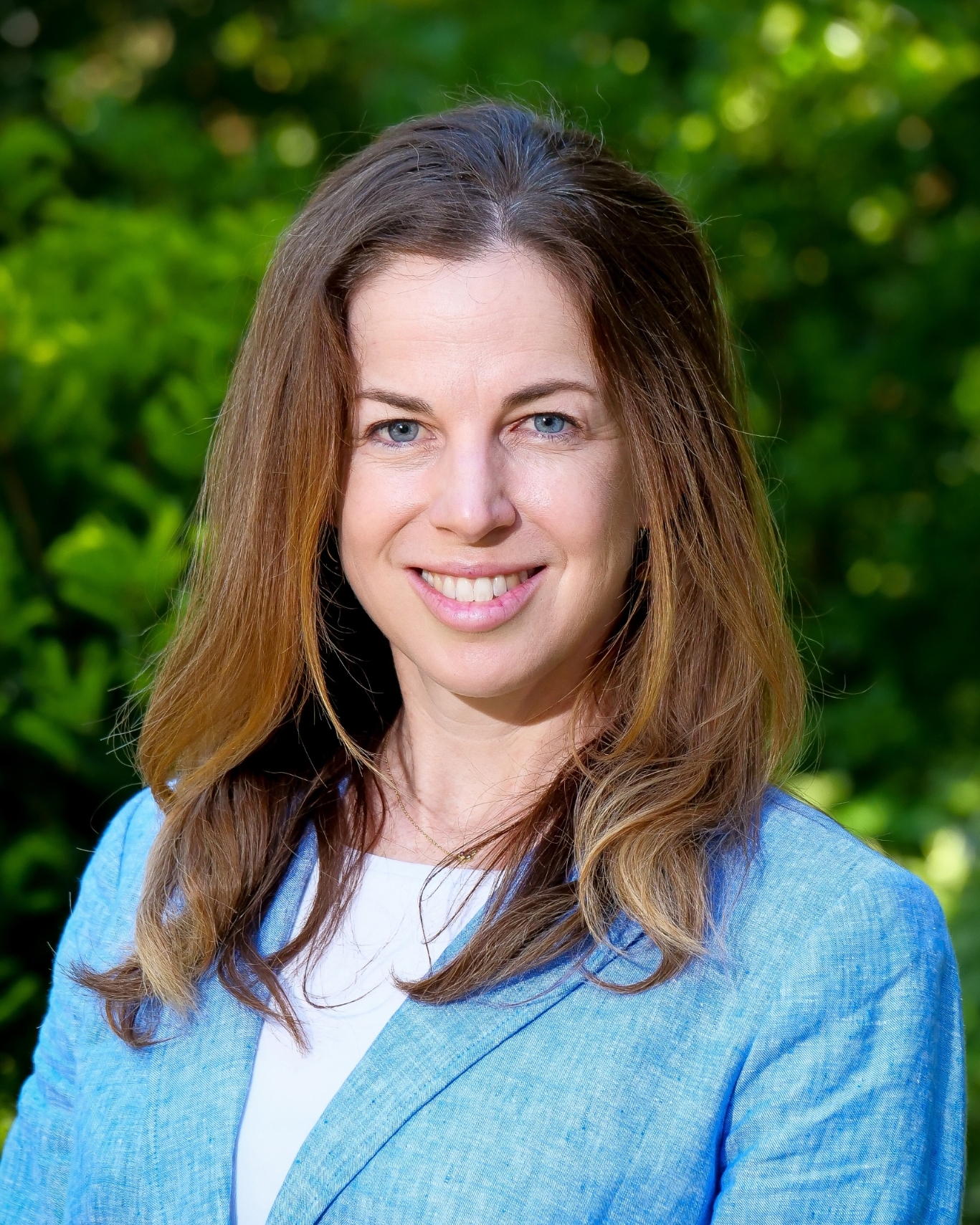Anti-Bias/Anti-Racist Education: What Does It Really Mean for Your Student?

Earlier this month, Dr. Katy Swalwell led a conversation among River School parents, faculty and administrators focused on teaching young learners about justice in positively impactful ways. This conversation is part of The River School’s commitment to anti-bias/anti-racist (ABAR) education across all grade levels, which began in earnest four years ago when we began taking purposeful steps to normalize conversations around race and bias.
We started under the guidance of Dr. Sharon Michaels, an expert in anti-bias and culturally responsive school leadership, to examine our own positionalities as faculty and administrators. Next, Dr. Swalwell helped us to hone our skills around posing and answering significant, age appropriate questions that nurture democracy, equity, joy and justice in our classrooms. Last week’s conversation represented the next step in this process. By inviting parents, board members and additional members of our school community, we wanted to share the frameworks, mindset and approach guiding our effort to develop our students’ characters so they “learn to be proud of themselves and of their families, to respect human differences, to recognize bias, and to speak up for what is right” (NAEYC’s definition of ABAR education).
How Can Your Family Support Young Children in Anti-Bias/Anti-Racist Education?
In response to the question, How can families support ABAR education with young learners? Dr. Swalwell advised families to do the following:
- Take kids’ questions, ideas, and concerns seriously … don’t underestimate them!

- Commit to our own (un)learning to deepen our comfort and confidence with ABAR work
- Share with teachers the connections your family has or can make to the curriculum
- Consume media with your kids that represents diversity, explores identities, examines power, and highlights “the helpers” of action (especially kid helpers)
Dr. Swalwell also advised to pay attention to “child speak” when it comes to ABAR education. When children ask, Why or What if, they are showing curiosity and creativity. When they point out, That’s not fair!, or remark, I know that, I can, or I think we should…, they demonstrate that they care about relationships around them and are capable of communicating courageous solutions.
Why Anti-Bias/Anti-Racist Education Matters
Anti-bias/anti-racist education requires us to explicitly teach our children to affirm complex identities of themselves and others. While deliberating creating diverse representation in our books, toys and games is important, it cannot stop there. Teachers and parents must guide students to examine injustice, inequity and understand the interaction of power and difference in the perpetuation of injustice. These essential conversations require many adults to lean into discomfort—to examine the structural and systematic racism and bias that our own livelihoods might have benefited from—if we truly want to prepare our children to be effective allies, leaders and changemakers in the diverse democracy they will inherit.
Want to learn more about our ABAR commitment and our educational approach? Visit our school or contact our admission office today.

